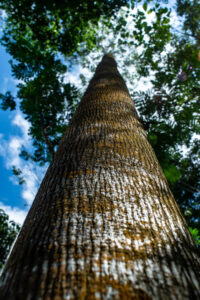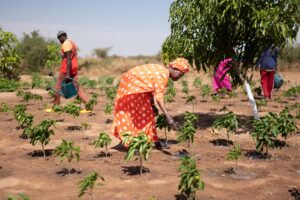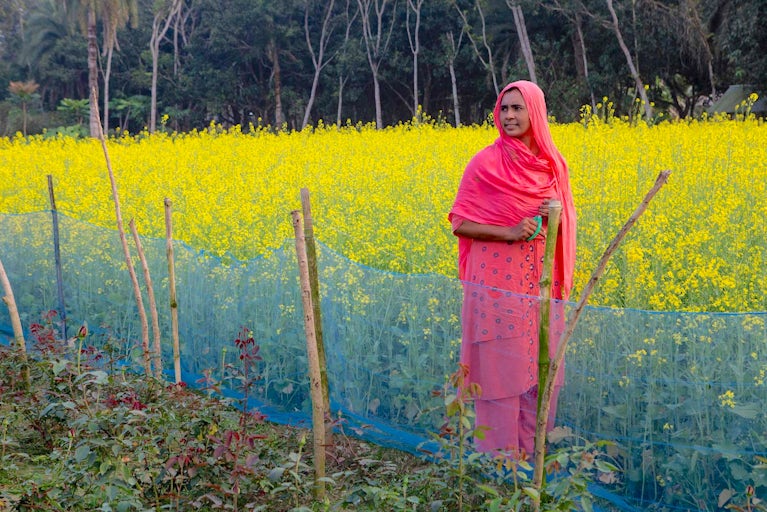
Each year on April 22, the world celebrates and recognizes Earth Day by recommitting to protect the planet and its ecosystems, counteract climate change and stop the collapse of biodiversity.
But this Earth Day, my celebration will include a thoughtful mindfulness practice to celebrate our beautiful planet. I will find a place to sit and use all my senses to just take in nature in my surroundings. It might be a bench by a lake, a back desk looking out at the garden, a rock along a walk or a park. My goal will be to just be, for ten minutes or so, listening, watching, smelling and touching — as appropriate — the rock face, the bark, the soil, and yes, just breathing and taking it in.
I know it will be tempting to consider some action, or make sense of things, to right some wrongs, or make things better. But an important first step to helping make the great necessary transition toward planetary health is just connecting with the Earth — remembering we are one. The Earth’s health is the same as one’s health.
Heifer’s Caring for the Earth approach recognizes that we are all interconnected. Our sustainable, locally led development approach involves connecting with communities, listening to their needs and taking in the nature around us. In this way, we have the space to see and understand sustainable, local solutions that are a win-win for people and the planet.

Psychiatrist and Holocaust survivor Viktor Frankl eloquently captured the transformative potential of such moments of pause. In his seminal work Man’s Search for Meaning (1946), Frankl observed: “Between stimulus and response, there is a space. In that space is our power to choose our response. In our response lies our growth and our freedom.” This concept articulates a profound psychological truth: Human beings are not bound to react impulsively to external events but can instead engage consciously and deliberately.
I have done this exercise with students in several different courses — a sit spot, where you just sit at a spot and observe. While sounding so simple, the feedback was amazing — many swearing they would do it every week. More and more studies are finding real value in being in nature for our own personal health and well-being.
In an increasingly fast-paced and reactive world, pausing before responding to information, stimuli or events cannot be overstated. This practice — often aligned with principles of mindfulness and emotional intelligence — provides critical space for reflection, self-awareness and intentional action. We can be even more powerful when we reflect before we respond.

Nature can be big, majestic and awe-inspiring, but also microscopic and everything in between. Consider soil, for example. Beneath our feet, it is essential to nourish our families and the communities we serve and produce the food that helps us thrive, helps us be resilient and delights us.
What does it look like, smell like, feel like and taste like? What is your connection to the soil around you?
There will be time to reflect on the more significant challenges and actions necessary, but on Earth Day, and in fact, every day, my recommendation is that we take the time to slow down and take in the Earth around us. Breathe in our own special connection to nature, be present with those around us and let that experience guide our next steps.
In this way, Earth Day offers more than a call to environmental stewardship; it also becomes a symbolic reminder of the importance of mindful engagement with life itself. Taking a breath is not merely a technique for personal well-being but a foundational skill for creating a more compassionate and sustainable world.


